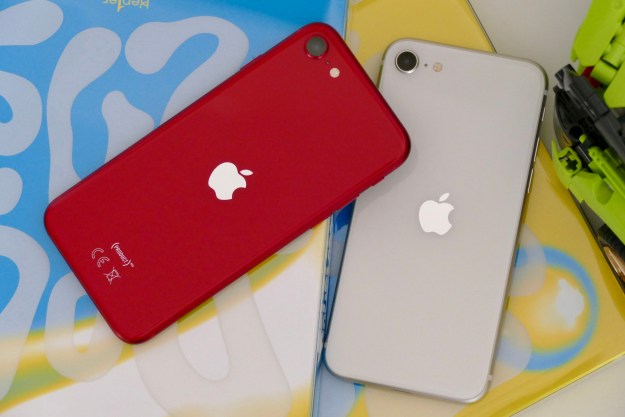
It’s long been known that the Blackberry has ultimately proven to be the device of choice for most businesses. And why not? With its secure network and history of maintaining customer privacy, it’s ideal for any businessperson, particularly those that work with sensitive information. But that has started to change recently, particularly with the proliferation of the smartphone. Not to mention, more and more companies now allow—likely for cost-cutting purposes—staff to begin using their own personal devices for work purposes.
Come October, things may be shaken up once again. According to the Wall Street Journal, open source operating system Ubuntu is planning to launch its new smartphone platform in at least two major global markets. (While the company hasn’t mentioned which markets it will launch in, it has confirmed that North America is a high priority market for its business plan.)
So, what is it about this operating system that could have businesses salivating over? For starters, while it won’t help cut back on the amount of work to be done, it will help to make it significantly easier for employees to take their work with them anywhere. How? Ubuntu-enabled smartphones will be able to dock with external screens and keyboards, and will allow users to access all of their files wherever they are – no need to tout a burdensome laptop around at all times.
One of the bigger benefits in the eyes of businesses may be that, since the software was created by open-source software designers, it’s absolutely free, which is always beneficial when it comes to a company’s bottom line.
The company’s biggest hurdle, however, is the aforementioned proliferation of companies allowing employees to use their own phones. It’s such a tremendous convenience for employees, and a money-saver for employers, that having to carry a laptop may not seem like such a burden. Not to mention, in comparison to the thousands of apps available on iOS and Android phones, among others, the apps that would be available on an Ubuntu-powered device are minimal.
The company has also been shopping its services around to various cellular providers, though it isn’t revealing who, just yet. But for certain, it’ll be interesting to see how it all plays out come October.
Editors' Recommendations
- I thought iOS 16 would ruin my iPhone 8, but it shocked me
- Yet another study shows 5G can be disappointing, but changes could be coming


